Hips Don’t Lie: How Many Lunges Should You Do a Day?

Ah, lunges! This is a workout that I fell in love with early on, as they were easy to do and they never require any equipment. One of the best parts about them is that there are many variations, and you can always implement resistance bands to make things interesting.
You may have noticed people doing this movement in the gym and wondered why exactly they were doing them, or even how you can get into it yourself.
If you’ve never done a lunge and you try it for the first time, you’ll likely notice that stability is an issue. Like planche lean, planks or push-ups, and almost any other bodyweight exercise, lunges requires decent balance and stability, which is what we’ll talk about today.
If you aren’t exactly sure how to do lunges, no need to worry; I’ve got everything you need right here. It’s a simple movement that can turn into something much more, but let’s talk about why you would want to do lunges in the first place.
Firstly, you should do whatever you feel is right – if it’s a set of 10 for 3 sets (like me), so be it. Beginners will likely start lower than that though.
What Muscles Will a Lunge Help Develop?
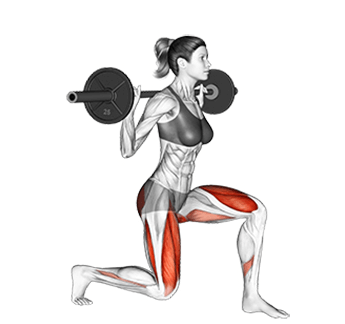
Seeing as you’re using most of your lower body to do a lunge, you can expect to build muscle all over that area. The main focus would be on building bigger quadriceps and glutes, which are two muscles that can be covered with many other calisthenics or weight lifting exercises, and yet people still resort to lunges.
It’s been known for a while that forward lunges are one of the most commonly used exercise methods all over the world, and that’s because they’ll allow you to grow and stabilize your:
- Quadriceps
- Calves
- Glutes
- Hamstrings
- Lower Back
- Abdominal Muscles
- Knees
- Ankles
It’s such a simple movement, but it manages to hit so many important areas of the body during a workout. It’s a wondrous thing, isn’t it?
Lunges are almost like that plate of chicken and rice you’ve been eating for the past 7 years, that you still claim “is so delicious”. After all, the results are hard to argue with!
How to Do a Forward Lunge for Novices
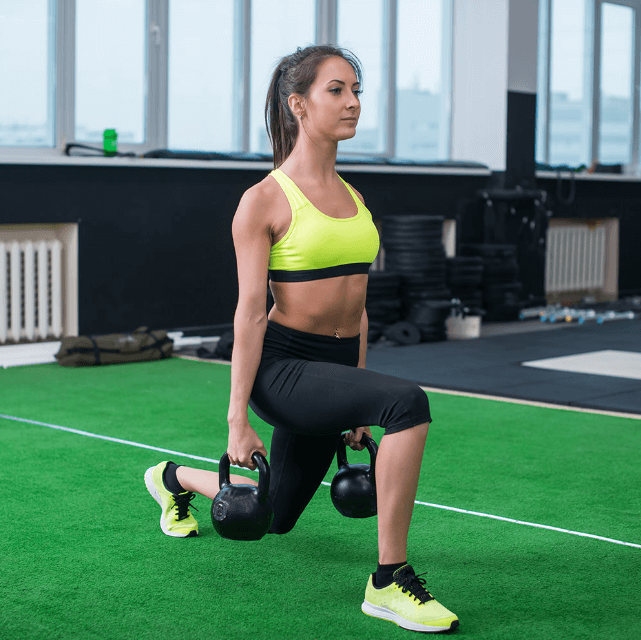
Although I’ve mentioned that there are plenty of different variations to consider, the forward lunge is one that I’ve personally enjoyed over the years. You learn this when you’re a child, for the most part, but I understand that we all come from different physical backgrounds.
Don’t panic, I’m fit now, but I also used to love drinking Mountain Dew and playing Halo 3 with all of my friends. Those were the good old days! Now, I’ve swapped out the dew for a natural beta-alanine free pre workout. I use this one here for those curios.
Let’s do the forward lunge:
- Step 1. Stand with your feet hip-width apart
- Step 2. Take a step forward with one leg, placing the foot in front of your other
- Step 3. Keep most of your weight shifted onto the front foot while lowering your hips, ensure that the front foot is entirely flat and your back heel is slightly lifted
- Step 4. Lower your body until your back knee almost touches the floor and your front knee has become “stacked” above the ankle (both knees should have a 90-degree bend to them)
- Step 5. Driving through the heel on your front foot, push your weight back up and return to the starting position
If this felt like it was too easy, you’re probably already fit enough to consider doing some of the many lunge variations available.
Some of them are going to seem crazy at first, but through patience and gradual progress, anybody can build their legs up to withstand even the toughest lunge variations.
Personal Tips and Tricks: The “Do’s and Don’ts” of Lunges
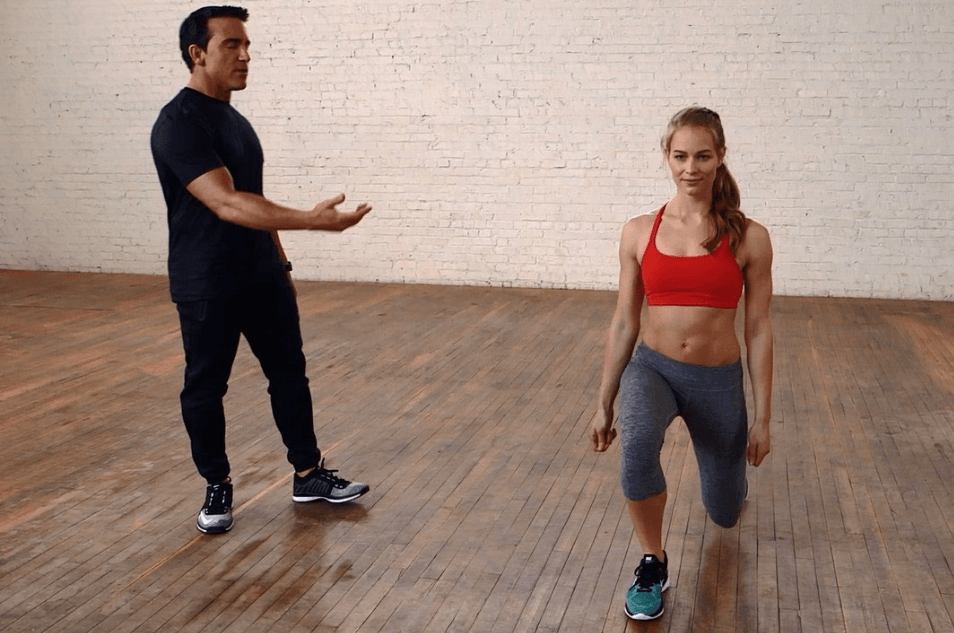
It’s not impossible to destroy your knees with a set of lungs, as all it takes is the right amount of momentum and one wrong move. I have a small list of tips that I always hand out to beginners, as I don’t want them to feel like they’re going into the lunge game blindly.
Building your legs is hard, and anybody who has gone to the gym knows that on a personal level…even after measuring their fitness levels severally, often they still have work to do on their legs. Unless you’ve been playing sports your entire life and were blessed with the right genetics, leg muscles are one of the hardest things to build up.
Not only that, but recovering from a hectic leg routine can take days without the right supplements, but thankfully, there are plenty of articles on here that can help you out with that as well.
The Do’s of Lunges
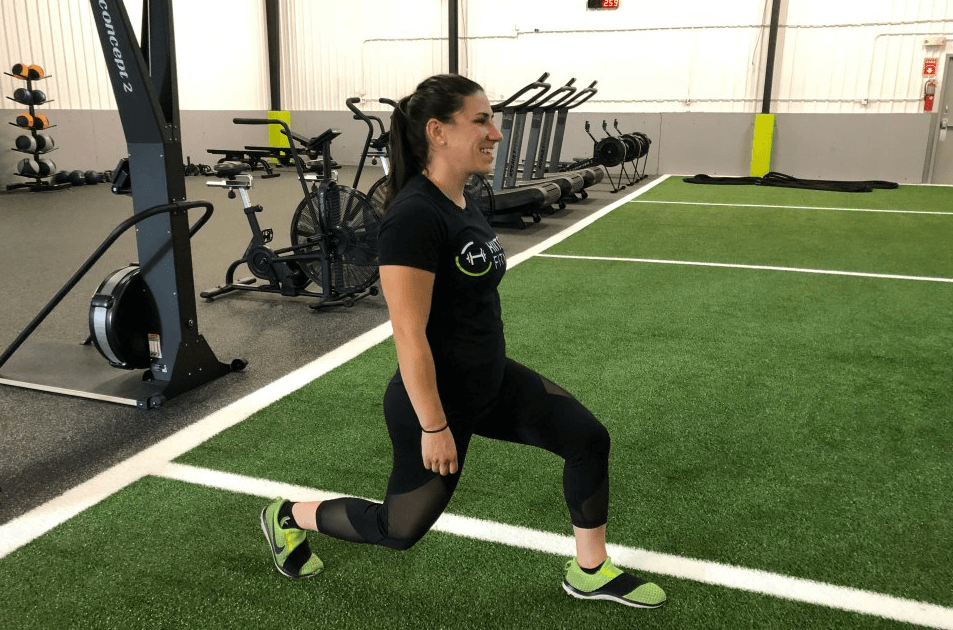
Take a large step forward, as opposed to a traditional one that you would take while walking
Keep your core engaged the entire time and make sure your back is straight – you want to remain stable throughout the entire movement. If your back doesn’t feel sturdy and flexible enough, set aside time to ramp it up with the superwoman workout and similar workouts, you will need it for lunges and almost any other workout.
Use your arms to balance your body, you can even hold them out to the side if that helps with stability during the lunge
Keep your neck in a neutral position and remain eye level while doing the lunge (pick a spot on the wall and stick to it!)
The Don’ts of Lunges
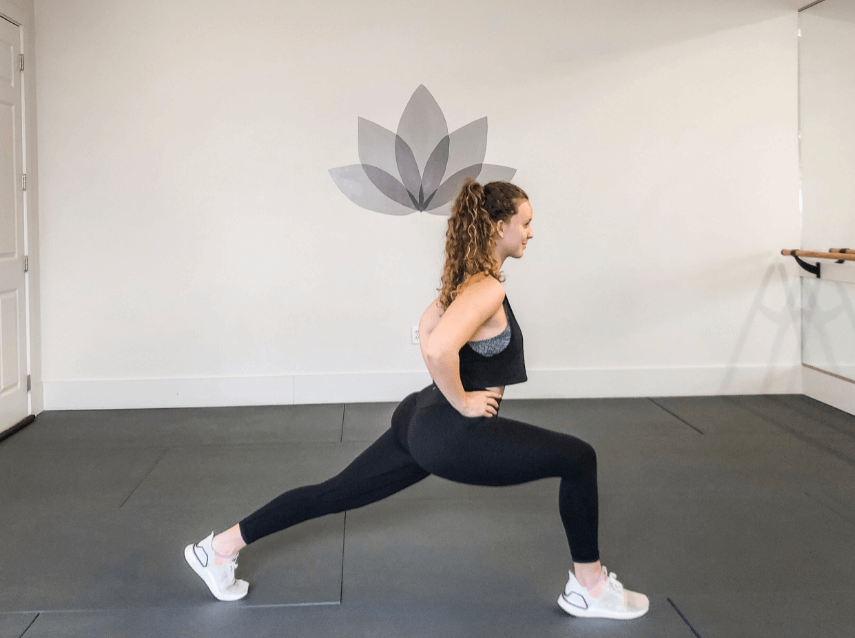
Never let your knee extend further than the toes of your front leg, as that’s going to put you at risk for injury.
Your rear knee should never touch or rest on the ground, only a slight hover above it
If you notice any sort of knee pain during, before, or after the exercise, stop doing lunges and let it heal; it’s not worth it!
Never lean backward/forwards or hyperextend your neck while doing a lunge.
Slow Down, Youngblood
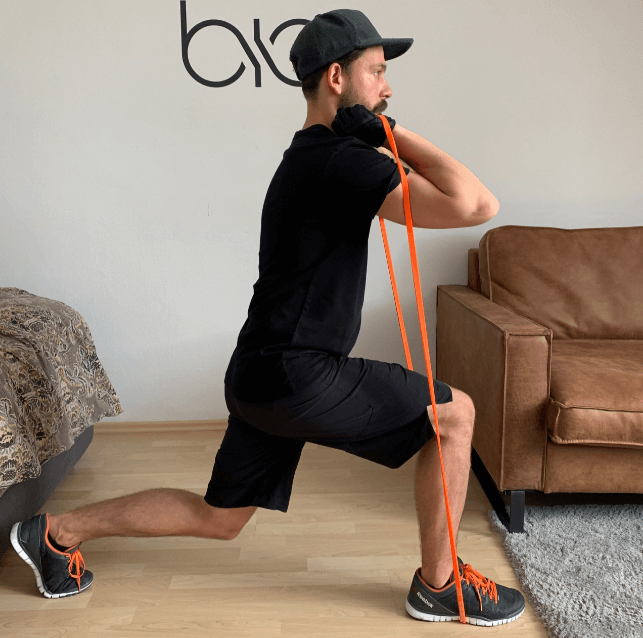
Young lifters and fitness connoisseurs are excited about seeing results, and they feel like going through the process quicker can be done with quick exercise routines. It takes a long time to not only build a body that you’re proud of but one that will stay stable throughout your entire life.
Lunges will allow you to do precisely that, but you have to approach them with a slow and steady mindset. Much like lifting weights, each rep should feel slow and concentrated, giving your body time to adjust to the movements and improve stability/strength.
If you’re having trouble with taking a large step forward, you can take several small steps until you’re in the forward lunge position.
This is ideal for people who are older and can’t move as quickly or effectively as they’d like! Seniors can have a hard time here, but then there are also other exercises that are easier on their back and legs while still keeping them fit.
Adding Weights
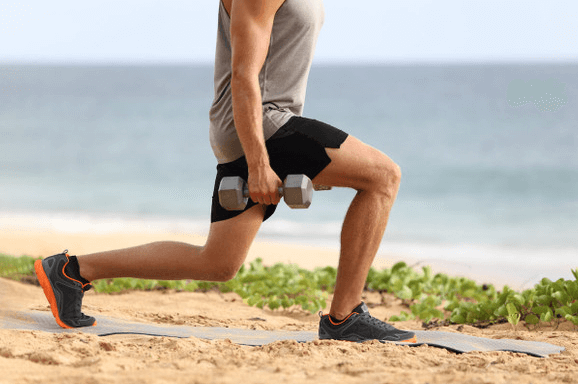
Adding a pair of dumbbells to carry on each side while doing lunges is a common theme, as it lets you do the same simple action with even more payoff.
You can use adjustable dumbbells that you can increase the weight gradually, there a lot of affordable adjustable dumbbells out there too so you won’t have to break the bank.
The added weight will help break down and build up your legs muscles much quicker, although it’s something I would only suggest for experienced lifters. If you are looking for a workout to add to your youth weight lifting training regimen, or some exercise for teenage girls, then I’d do say consider an easier lunges variation.
There’s a wide range of safer dumbbell only workouts out there with great results.
Knees are a sensitive subject around these parts, and I prefer to leave my crackling knee joints out of the conversation completely. Thankfully, I just throw on a Tommy Cooper Knee Brace or two and let it ride.
Look At Those Leg Cannons!
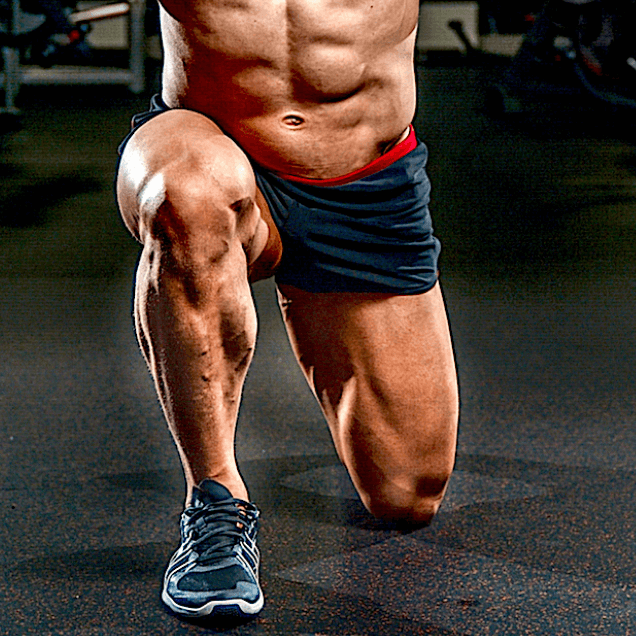
Building a set of strong and desirable legs doesn’t have to feel like a full-time job, especially when you’ve got an exercise like lunges to lean on. You don’t need any equipment to do them, and there’s no pressure of added weight thrown into the mix.
Lunges will help you build the biggest and sturdiest set of legs you’ve ever had in life, but you also have to learn how to properly do them first. If this article has helped you even a little bit, my mission is complete!
What are you waiting for? Find some free space and see if you can do a lunge – and if not, now is your chance to learn.
Related Readings:
- I Did 1000 Squats A Day – Here Are My Results
- I Did 1000 Crunches a Day for A Week, Here Are My Results
- Can Stretching Make You Taller? Myth or Reality?
- Does Exercise Increase Metabolism? – Science Backed Research Says Yes
- DIY Dumbbell Rack
- Cardio After Workouts
- Is Jumping on a Trampoline a Good Exercise?




